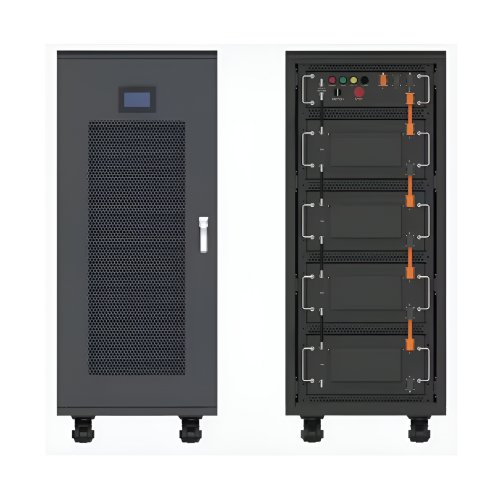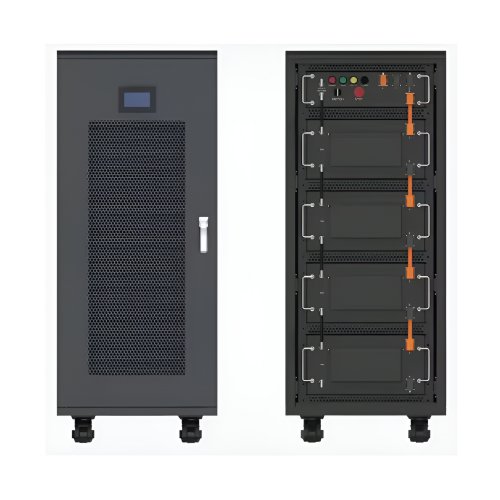How To Use Voltage Specifications: A Practical Guide For Safe And Effective Device Operation
Voltage specifications are among the most critical, yet often overlooked, parameters in any electrical or electronic system. They define the required electrical potential for a device to function correctly and safely. Misapplying voltage is a primary cause of immediate failure, reduced lifespan, and serious safety hazards. This guide provides a comprehensive overview of how to correctly interpret and apply voltage specifications to ensure the optimal performance and longevity of your equipment.
A voltage specification is not a single number but a set of parameters typically found on a device's nameplate, in its datasheet, or printed near its power input. Key components include:Operating Voltage Range: The span of voltages (e.g., 100-240V AC) within which the device is designed to function. Providing voltage within this range is essential for normal operation.Nominal Voltage: The ideal or standard voltage (e.g., 120V AC, 12V DC) for which the device is primarily designed. It is the center point of the operating range.Tolerance: The permissible deviation from the nominal voltage (e.g., ±5%, ±10%) that the device can handle without damage. A 12V DC device with a ±10% tolerance can operate safely between 10.8V and 13.2V.Type: Alternating Current (AC) or Direct Current (DC). Applying AC to a DC input, or vice versa, will almost certainly destroy the device.
Step 1: Identify the Specifications Before connecting any device to a power source, you must first identify its requirements. Locate the label listing the voltage, current, and frequency. For complex equipment, always refer to the official user manual or datasheet for the most accurate and detailed information.
Step 2: Verify Your Power Source Next, determine the characteristics of your power source.For wall outlets (AC Mains): Know your regional standard. For example, North America uses ~120V AC, 60Hz, while much of Europe and Asia use ~230V AC, 50Hz. Use a multimeter to verify the actual voltage if you are unsure.For batteries (DC Source): A fresh alkaline battery typically provides 1.5V, a NiMH battery provides 1.2V, and a lithium-ion battery's nominal voltage is 3.7V. The voltage of a battery will drop as it discharges.For power supplies/adapters: Check the output rating printed on the adapter. Ensure its output voltage (V) matches your device's DC input and that its maximum current (A or mA) is equal to or greater than the device's requirement.
Step 3: Match and Connect Ensure the power source's voltage and type (AC/DC) precisely match your device's input specifications. If you are using an adapter for a DC device, also verify the polarity of the connector (i.e., whether the center pin is positive or negative). A mismatch in polarity can cause damage.
Step 4: Utilize Protective Equipment (If Necessary) For sensitive or expensive electronics, consider using protective equipment.Voltage Regulator or Uninterruptible Power Supply (UPS): These devices protect against power anomalies like brownouts (under-voltage) and surges (over-voltage), which can occur even within a region's nominal grid voltage.Surge Protector: A essential strip for protecting equipment from sudden, high-voltage spikes caused by events like lightning strikes.
1. When in Doubt, Measure: Never assume a power source's output. A cheap multimeter is an invaluable tool for any technician or hobbyist. Use it to confirm the voltage of outlets, adapters, and batteries before connection. 2. Understand the Implications of a Wide Input Range: Many modern devices, like laptop power supplies and phone chargers, support a wide input range (e.g., 100-240V AC). This makes them compatible with mains power worldwide, requiring only a physical plug adapter. 3. Prioritize Current Compatibility: For DC devices, while voltage must matchexactly, the power supply's current (amperage) rating can behigherthan the device requires. The device will only draw as much current as it needs. However, the power supply's voltage must be correct. 4. Consider Voltage Drop: In long cable runs (e.g., in automotive or solar applications), resistance can cause a significant voltage drop between the source and the device. You may need to account for this by starting with a slightly higher source voltage or using thicker cables.
Safety First: Working with mains electricity (AC from a wall outlet) is dangerous and can cause severe injury or death. If you are not a qualified professional, do not attempt to modify mains voltage wiring.Do Not Force a Fit: If a power adapter's connector does not easily fit into your device, do not force it. This is a strong indicator of a voltage or polarity mismatch. Forcing it can lead to a short circuit.Beware of Counterfeit Adapters: Low-cost, off-brand power adapters often have inaccurate and poorly regulated output voltages. They can deliver voltage outside of a safe tolerance, slowly damaging your device's internal components. Use adapters from reputable manufacturers.Respect Tolerance Limits: Consistently operating a device at the very extremes of its voltage tolerance range can significantly increase thermal stress and shorten its operational life. Aim for the nominal voltage when possible.AC and DC Are Not Interchangeable: This cannot be overstated. Plugging a DC device into an AC outlet will destroy it. Similarly, an AC motor will not run on DC power. Always double-check the voltage type.Correctly applying voltage specifications is a fundamental skill for anyone working with electrical and electronic equipment. By meticulously identifying device requirements, verifying power sources, and understanding the principles of voltage, current, and tolerance, you can prevent catastrophic failures and ensure your devices operate reliably and safely for years to come. Always prioritize using quality components and when faced with uncertainty, consult the device's documentation or seek advice from a qualified expert.
Customized/OEM/ODM Service
HomSolar Supports Lifepo4 battery pack customization/OEM/ODM service, welcome to contact us and tell us your needs.


HomSolar: Your One-stop LiFePO4 Battery Pack & ESS Solution Manufacturer
Our line of LiFePO4 (LFP) batteries offer a solution to demanding applications that require a lighter weight, longer life, and higher capacity battery. Features include advanced battery management systems (BMS), Bluetooth® communication and active intelligent monitoring.

Customised Lithium Iron Phosphate Battery Casing
ABS plastic housing, aluminium housing, stainless steel housing and iron housing are available, and can also be designed and customised according to your needs.

HomSolar Smart BMS
Intelligent Battery Management System for HomSolar Energy Storage System. Bluetooth, temperature sensor, LCD display, CAN interface, UART interface also available.


Terminals & Plugs Can Be Customized
A wide range of terminals and plugs can be customised to suit the application needs of your battery products.

Well-designed Solutions for Energy Storage Systems
We will design the perfect energy storage system solution according to your needs, so that you can easily solve the specific industry applications of battery products.



About Our Battery Cells
Our energy storage system products use brand new grade A LiFePO4 cells with a battery lifespan of more than 4,000 charge/discharge cycles.



Applications in Different Industries
We supply customized & OEM battery pack, assemble cells with wiring, fuse and plastic cover, all the cell wires connected to PCB plug or built BMS.
Applications: E-bike, Electric Scooter, Golf Carts, RV, Electric Wheelchair, Electric Tools, Robot Cleaner, Robot Sweeper, Solar Energy Storage System, Emergency Light, Solar Power Light, Medical Equipment, UPS Backup Power Supply.
We can provide you with customized services. We have the ability to provide a vertical supply chain, from single cells to pack/module and to a complete power solution with BMS, etc.


HomSolar (Shenzhen) Technology Co., Ltd
























